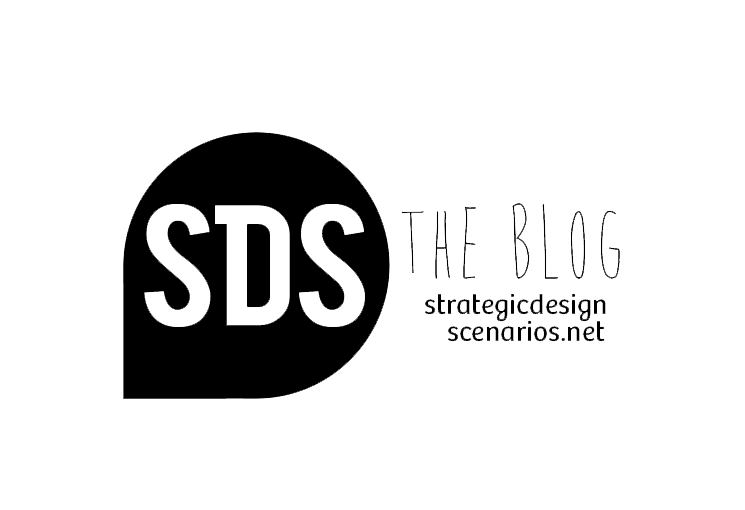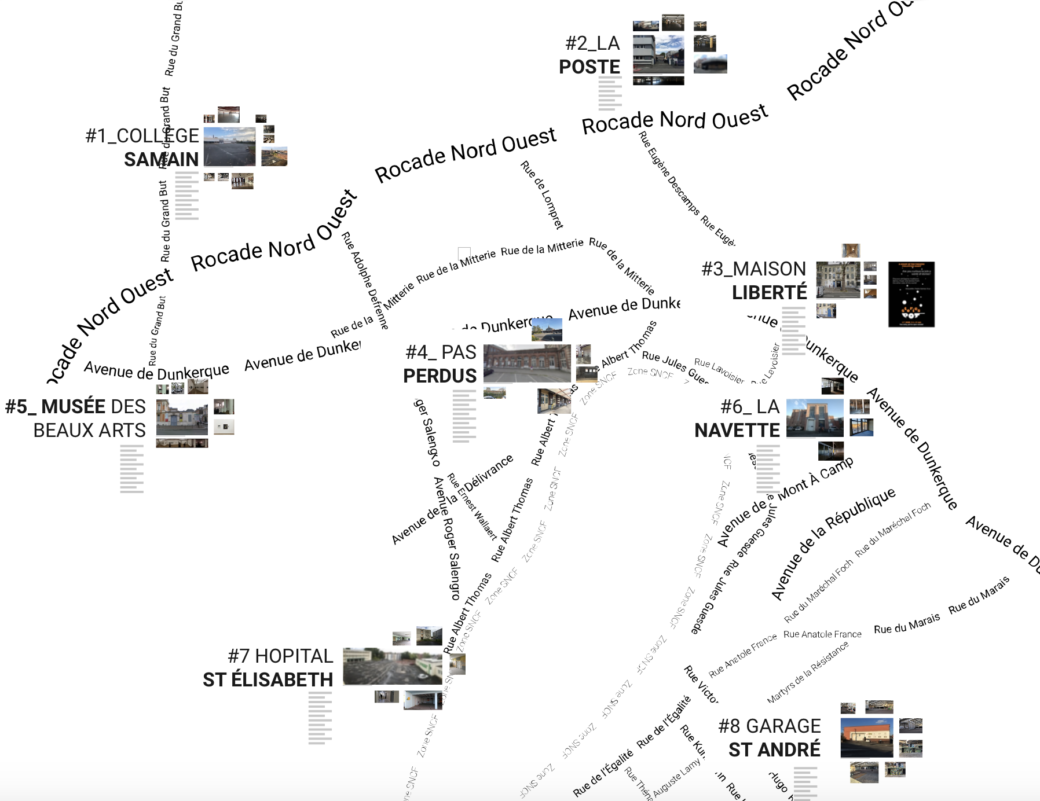EN
BROCCOLI AND CHOCOLATE
François Jégou, Martina Rossi, Marianna Carbone, 14 August 2021
A dish made from broccoli and chocolate doesn’t sound very appealing at first glance. In fact, nobody really knows if it’s good or not. Perhaps we are missing out on an interesting « sweet and sour« ? We rely on our preconceived ideas, but deep down, nobody has ever tried it… Isn’t it a bit like any radical innovation that involves leaving our “comfort zone” and daring to explore counter-intuitive associations?
During this week’s workshop at the Politecnico in Milan, we asked the students to take risks by inventing « Multiple Places« , to go beyond the usual typologies of the services that make up the city, to do force themselves a little bit and concoct atypical and perhaps promising combinations…
1. A COLLABORATIVE CITY OF ‘MULTIPLE PLACES’
But first of all, what do we mean by « multiple places« ? For a year, in charge of the curation of the Maison POC Collaborative City[1]as part of Lille Metropole 2020, World Capital of Design, we met with more than 80 actors from the metropolitan area whose projects struck us because they were based on places that mixed different functions: a canteen & landlord at the bottom of a building in a social residence[2], an art school laboratory in the business management department of a university[3], a workspace for users in the entrance hall of a public administration[4], a teleworking space in a suburban railway station[5], a repair-café in a business incubator[6], a fablab in a day-care center for disabled children[7], a workspace open to local communities in the entrance hall of a sanitation and waste treatment company[8], etc. and a whole series of emerging places integrating multiple functions and remixing the classic categories of the urban fabric.
The emergence of this wide range of places engages all the functions of daily life in the city: work, food, entertainment, education, health, social, etc. and seems to interact with the most diverse categories of population. More than third places or additional places on top of home and work, these social spaces seem to be characterized by the fact that they combine two distinct entities, juxtaposed but not hybridised.
We have called them ‘multiple places’ and at the DxCC Design for Collaborative Cities Lille conference[9] we sought to analyse how these often very atypical associations between typical urban places seemed to provoke changes in practice among the users of these places: mixing of the populations of the neighbourhood and the social residence in the canteen and landlord basement, inclusion of children with disabilities and other children in the same fablab, increase in remote work among the passengers of the suburb train station, strengthening of the links between the business incubator and the population of the neighbourhood, transversality between the administrative services sharing the same entrance hall, collaboration between the sanitation company and the public authorities clients, etc.
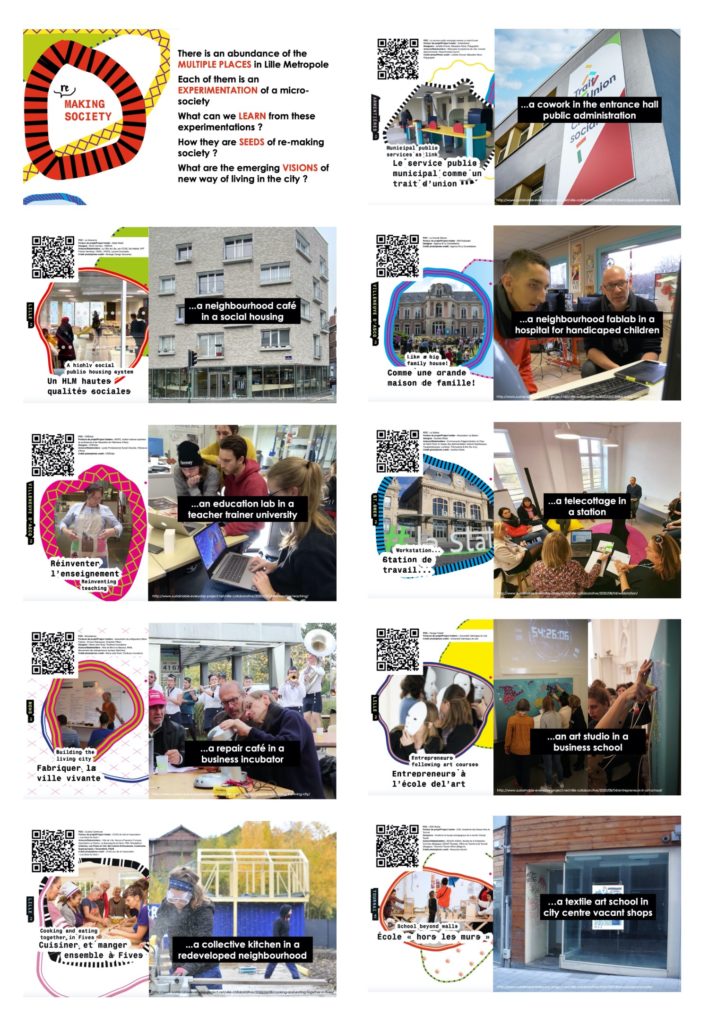
As a continuation of these explorations, this week-long workshop with about fifty students from the PSSD Product Service System Design section of the Politecnico di Milano sought to explore an urban scenario in which multiple places would become the new normality in cities, with a twofold objective: to reinvent a city through the design of multiple places responding to the new constraints but also to the opportunities shaped by the pandemic and to explore whether the daily life of a variety of population profiles passing through different multiple places would become more sustainable, inclusive and resilient. This experimentation seems interesting from at least two aspects that we propose to look at in more detail in this article: on the one hand, a collection of the presumed effects of multiple places on urban lifestyles and, on the other hand, a methodological approach of radical in-vitro experimentation.
MOCK MAYOR’S BRIEFING
My dear citizens,
Our city took part in an European network focused on temporary use of vacant spaces. This URBACT network called REFILL The City allow us to learn during 3 years from peer cities in Europe and I was particularly impressed by one of the lessons learned: “we get on board of this program with in mind the idea of learning to reduce urban vacancy and possibly get rid of this problem. We end-up the collaboration acknowledging between all city partners that vacant buildings represent an incredible opportunity for city making, for inventing new urban solutions, collaboratively, for testing it with the population and the local stakeholders through temporary use. In Ghent in Belgium, in Nantes in France, in Bremen in Germany, through temporary use, they experiment urban planning before redevelopping the city?
I would like today to invite you to experiment the potential of Multiple Places to foster new and more sustainable, responsible and inclusive ways of living in our city, For that we identify 8 vacant spaces in what we would like to call from now on, our Experimental Neighbourhood. I urge you to imagine Multiple Places connected to some of the key functions of urban everyday life and implement them in these spaces so that we can soon experiment how our everyday life may change if sustainable, responsible and inclusive Multiple Places would be the new urban normal in our city!
Your Mayor
As explained by the Mayor in a fake briefing to the students (see box above), the expected Multiple Places projects are to cover different functions of everyday life, each starting from a typical identified partner actor of the urban context (a post office, a museum, a suburban railway station, a primary school, a supermarket, etc.). They seek to explore how, starting from the 8 vacant spaces adjacent to each actor (the closed mail sorting workshop behind the post office, the empty rooms of part of the museum, the former reception desk of the station, now out of service, etc.) (see map of the experimental area below), how a second partner actor could settle there in a form of temporary occupation and thus create a new Multiple Place together.
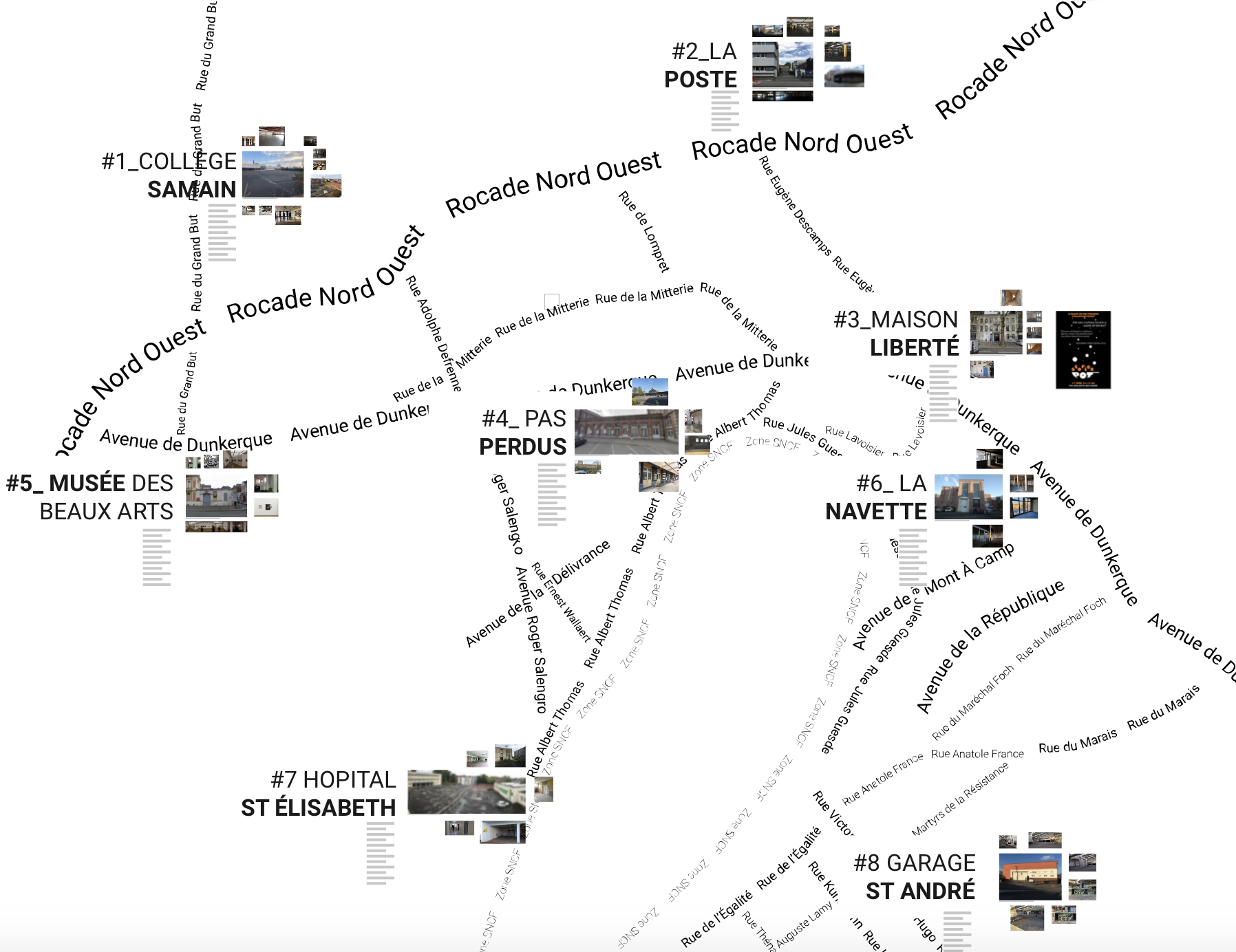
Here are some examples from the students’ work:
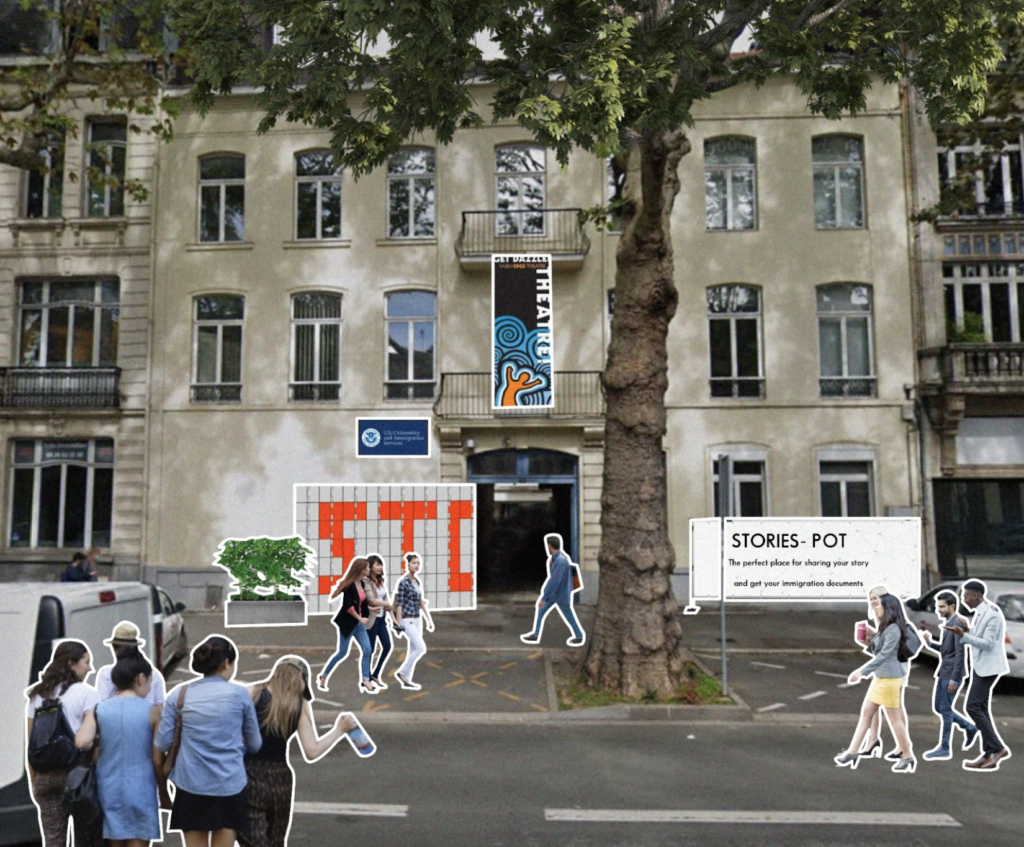
Project Team: Bergamin Elena, De Maria Carolina, Galzote Glenda Marie, He Bin, Lo Vecchio Edoardo, Pong Denise Wenkay, Sarpay Dilay
1.1 STORIES POT
In the empty building next to the offices and counters for foreigners, the immigration department of the city administration is hosting a cultural facility for theatrical creation and storytelling, focusing on the cultures of newcomers. The common entrance of the 2 institutions transforms the usual austerity of the Foreigners’ Reception Services and highlights the cultures of the world through the theatre’s programme, the posters of the shows, the story library, etc.
STORIES POT brings together in one place two institutions that are usually completely separated, even though they are often only a few hundred metres apart in the city. But putting them together completely changes the meaning: people from elsewhere are immediately seen as a welcome richness, an increase in cultural socio-diversity. The actions of the agents of the cultural equipment, which are geared towards listening to the world and understanding otherness, seek to influence the actions of the agents responsible for controlling and regulating foreigners. The message conveyed to the population is one of cultural mediation and inclusion.
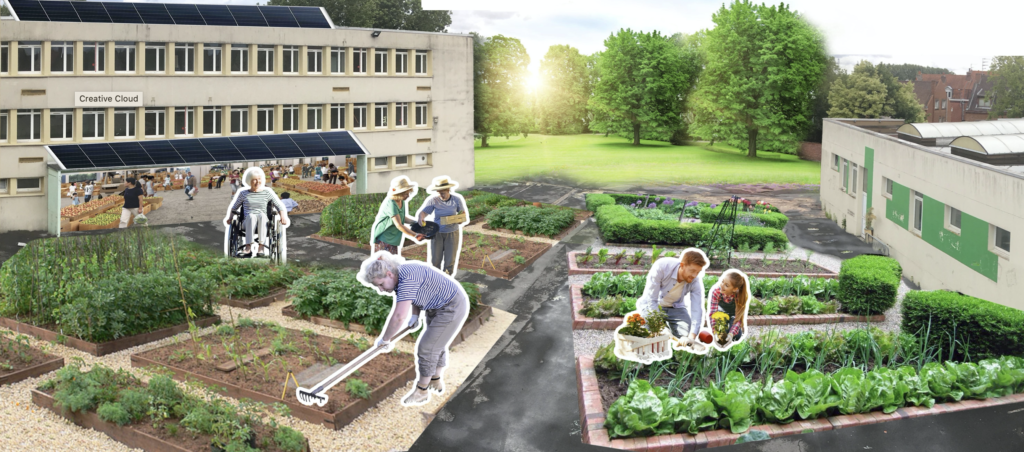
Project Team: Ferrari Beatrice, Jin Shuming, Josserand Marion, Mukherjee Sayori,Stefanoni Serena, Zhang Huihua
1.2 HEALTHY ESTATE
The green areas surrounding the hospital are occupied by an organic urban farm. This farm supplies a large part of the hospital’s kitchens and, above all, offers a patient care environment focused on healthy eating and a balanced anchorage in the culture of the earth.
The rapprochement between the two structures that make up HEALTHY ESTATE therefore operates on several levels: the supply of healthy hyper-local products for a balanced and sustainable food during the patients’ stay in the hospital; the sensitisation of the latter to a quality food, to the consumption of healthy, little processed products, reinforcing their immune defences and thus their chances of recovery; the transformation of a strictly medical environment into a place of mental reconstruction through the rhythms of nature, the participation in light farm tasks or simply the soothing and rebalancing benefits of an agricultural environment.
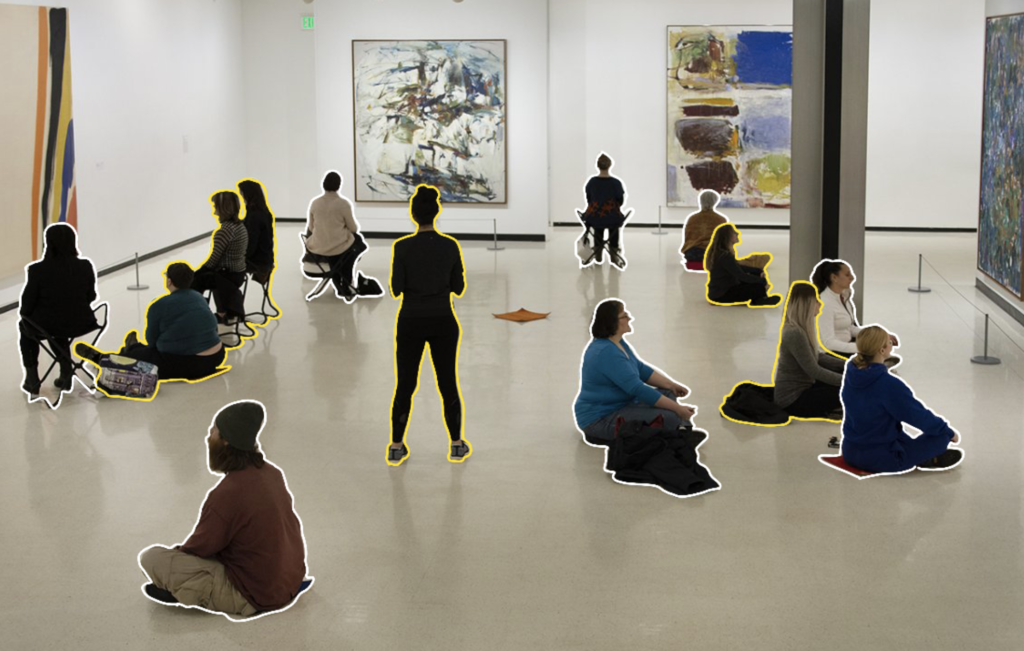
Project team: Contreras Rodriguez Joán Alberto, Dubus Elisabeth, Huang Longyue, Molteni Elia, Serra Aurora, Wan Jiamin
1.3 ART ESCAPE
A museum of contemporary art is located next to and collaborates with a detention facility for offenders serving light sentences. The museum’s environment transforms the prison environment. The inmates are not relegated to the side-lines of society, but rather their sentence is spent in society. The museum and the works of art in it offer a context of detention from which they are excluded in the usual prison environment and often from which they have always been excluded during their lives.
In addition, prisoners and visitors are brought together. In the manner of social reintegration structures through vocational training, the prisoners are the employees of the museum. They work alongside the museum staff: they are introduced to the programming of exhibitions, trained to guide tours, assist the museum guards in the rooms and participate in the maintenance of the premises. Art therapy and mindfulness sessions based on the museum’s collections are open to visitors and inmates. Together, they cross-reference motivations and life paths. In the manner of restorative justice, ART ESCAPE seeks to restore the relationship between offenders and citizens.
1.4 ALTERNATIVE LIFESTORE
Part of the vacant spaces of an energy marketing company is used to house a furnishing and sales shop for domestic products. The latter, like a showroom, offers the presentation and demonstration of equipment allowing to reduce domestic energy consumption and by extension to adopt a more sustainable lifestyle. But, more than a usual showroom, the shop provides commercial logistics for selling these products and services for the transition of daily practices to households.
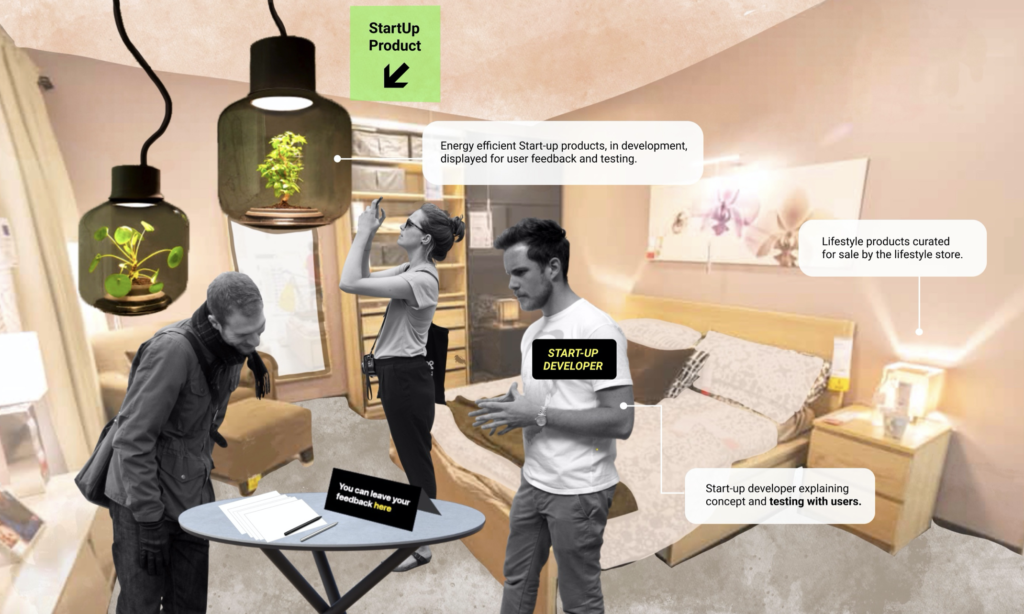
Project team: Dussin Eleonora, Huang Yan, Jammali-Versace Bria Rose, Molteni Paola, Shah Prathana, Wang Qiuyue
The customers of the energy distribution company can thus directly find solutions to reduce their energy bills. But more importantly, the customers of the home furnishing shop will find themselves in the presence of a low-energy kitchen, a water-saving bathroom and all the related domestic equipment. ALTERNATIVE LIFESTORE, like a « lifestyle store »,not only offers more sustainable household components but also offers them in different lifestyles that different customer profiles are likely to recognise.
Four other Multiple Places explore combinations of usually separate city actors. AGEDUCATION brings together a kindergarten and a home for the elderly offering intergenerational synergies.
Project team: Bernardi Tommaso, Brenes Albertos Eugenia Isabel, Kyalanur Shettappa Varshitha, Lanfredi Elisa, Pelizza Giacomo,You Bo-Cheng.
SEE YOU LETTER! offers the vacant space left by a sorting office behind a post office to artists whose workshops and exhibitions on the theme of postal art interact with post office customers.
Project team: Arora Amarinder, Chiang I-Chen, Finardi Marco Andrea, Fratin Bianca Maria, Panzetti Alina, Pereira Malta Calvinho Viegas Filipa Ines, Zanarelli Nina.
RESCUTE hosts an animal shelter in the empty hall of a suburban train station, re-engaging pets with travellers for possible adoption.
Project team: Brembati Silvia, Di Biagio Giordana, Goncharova Valeriia, Huang Jiawen, Macchi Davide, Saxena Siddhartha, Shen Ran
Finally, COMMON MARK adds to the supermarket an international hostel whose visitors animate the sales space
Project team: Figueroa Carrera Mildred, Grati Alessandro, Koike Isadora, Liu Yingdong, Patil Anvith, Unal Perihan Naz.
As an experimental workshop, the 8 combinations of Multiple Places produced by the different student groups are more or less ambitious and relevant.
More than analysing them one by one, the Mayor’s briefing invites us to consider them as a whole: an experimental district offering the neighbouring inhabitants Multiple Places addressing urban functions potentially impacting more or less on the issues of social inclusion, sustainable development and urban resilience posed as starting points. Beyond their value and meaning, it also offers a minimum density of Multiple Places to reason in terms of lifestyles and induce, if necessary, a transition in daily practices.Finally, and this time from the point of view of the infrastructure, the co-design process between the students highlighted the fact that the Multiples Places are made up of two structures that are close to each other but disjointed. Their spatial proximity induces forms of collaboration, partnership, synergies, etc. in terms of use without implying a fusion of the business models of each structure. In other words, the financial involvement of the stakeholders, the risk if the new Multiple Place model does not prove successful, does not imply the bankruptcy of each of the parties, who can continue to coexist with more or less collaboration between them. In other words, the Multiple Places hypothesis is more a question of urban planning, of temporary urbanism, of physically bringing together usually disjointed structures than of entrepreneurial creation. This point adds to the residency of the Multiple Places hypothesis.
2. PRESUMED EFFECTS OF THE MULTIPLE PLACES
In summary, the Multiple Places that emerged from the short experimentation of this workshop with the students of the Politecnico, appear as micro-laboratories where new ways of making society are experimented with, where the usual functions that make up the urban context are remixed in order to attempt new combinations. Some of the 8 combinations examined are more ambitious than others and seems more or less meaningful in the face of the social and environmental challenges of the city. Let us now come back to our initial question by examining the results of the projective test on the uses of the second part of the workshop: are the Multiple Places likely to generate more sustainable, inclusive and resilient daily practices among the inhabitants who would have access to these infrastructures in their neighbourhoods, in a walking distance from their homes?
2.1 SIMULATED USE EXPERIMENT
In the second half of the workshop week, the 8 student sub-groups change roles: from designers of a specific Multiple Place, they become testers of all 8 Multiple Places created in the first part of the workshop. To do this, each sub-group is asked to embody a given persona described by a few socio-behavioural characteristics.
The students have to imagine in 4-5 minutes of video, a narrative strategy telling the experience that their persona has of the 8 Multiple Places in their neighbourhood: Anita, a new inhabitant who arrives from Berlin, discovers the city and tells about her first experiences of the neighbourhood’s Multiple Places; Giacomo engaged in a series of short phone conversations telling friends and relatives about salient moments of his daily life in the neighbourhood; David, a father who struggles to manage his unruly young son on his own; Maria, handicapped by a recent accident that forces her to reinvent the way of living in a wheelchair everyday; Sonia, who cares for her grandmother whose Alzheimer’s is deteriorating; Flavia and Karina, who are raising their 3-year-old daughter Nina; Luciana and Maruka, who have not seen each other for a long time and tell each other about their lives by looking at photos taken at the time in the Multiple Places they used to frequent;
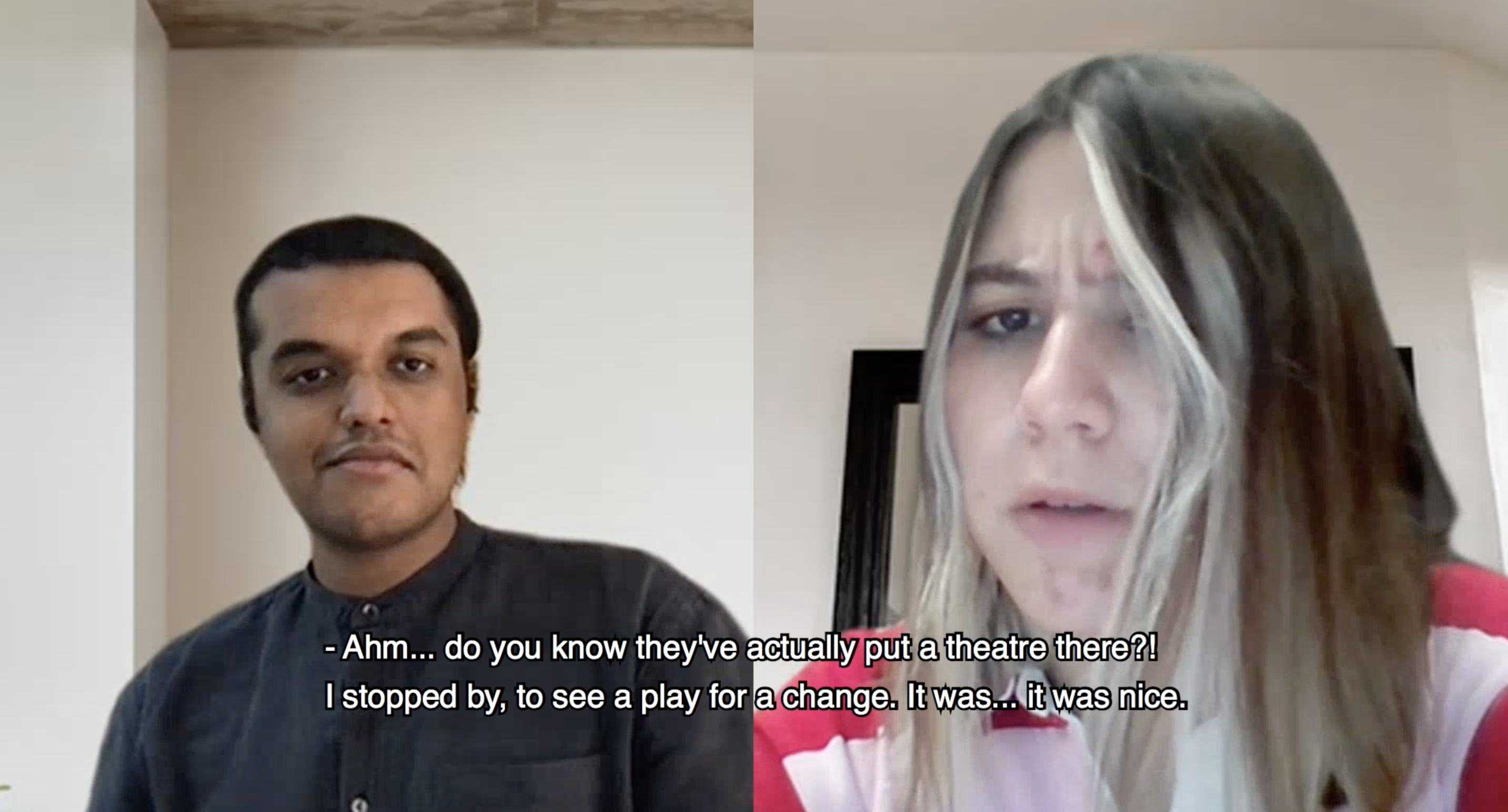
Finally, and perhaps the most efficient form of narration for our purpose, a conversation between Marzia, and her therapist: this narrative strategy involves introspection and questioning of the patient about her experiences of the Multiple Places, how they challenged her habits and changed her daily practices.
These 8 parallel narrative exercises form a matrix systematically crossing the 8 Multiple Places of the neighbourhood. In each short video, the postulated persona evokes each Multiple Place, explains how he or she discovered or practiced it and gives their perception of it from their own point of view.
What can be said about the analysis of this simulated use experience of Multiple Places? What are the potential effects of the Multiple Places on the lifestyles of the different types of inhabitants of the neighbourhood?
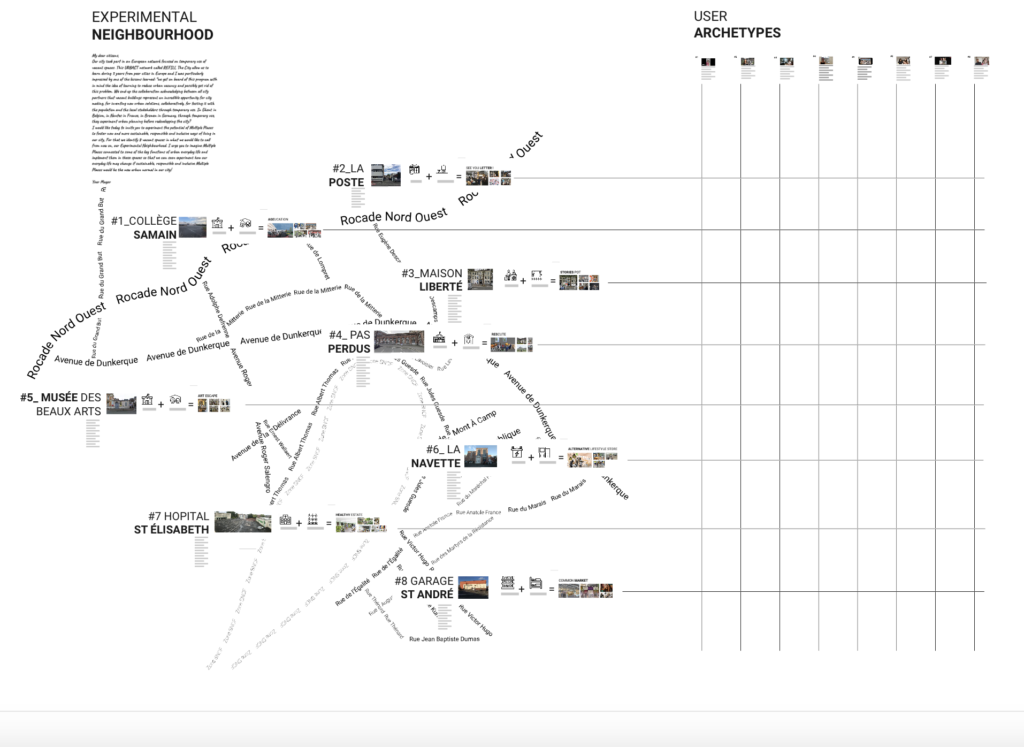
2.2 A POTENTIAL TO CHALLENGE
“There are so many new things happening here, » Giacomo tells his friend Lisa, talking about the Multiple Places, « it takes you out of your comfort zone!”. At first glance, the Multiple Places appear naturally, by the very fact that they bring together functions that are usually disjointed in urban space, as alternatives, as different proposals whose experience forces, or at least encourages, people to question their own practices and to change their lifestyles. Some associations sometimes seem disturbing and require time for users to adapt: visitors to ART ESCAPE are not very comfortable with the presence of delinquents; the animation activities of AGEDUCATION or COMMON MARK disturb the users of these spaces as coworking; the collection of personal stories does not immediately convince the newcomers who come to the offices of STORY POT; etc.
In continuity with the principle of third places, they constitute alternatives, extensions of usual domestic and workspaces. They encourage people to live together in a way that is less focused on individual private space and more open to the collective. They imply more fluidity, more confrontation with otherness, more crossings. The video narratives include many fictitious testimonies in which we hear people who are rather reluctant at first, but who finally let themselves be convinced by the collective experience…
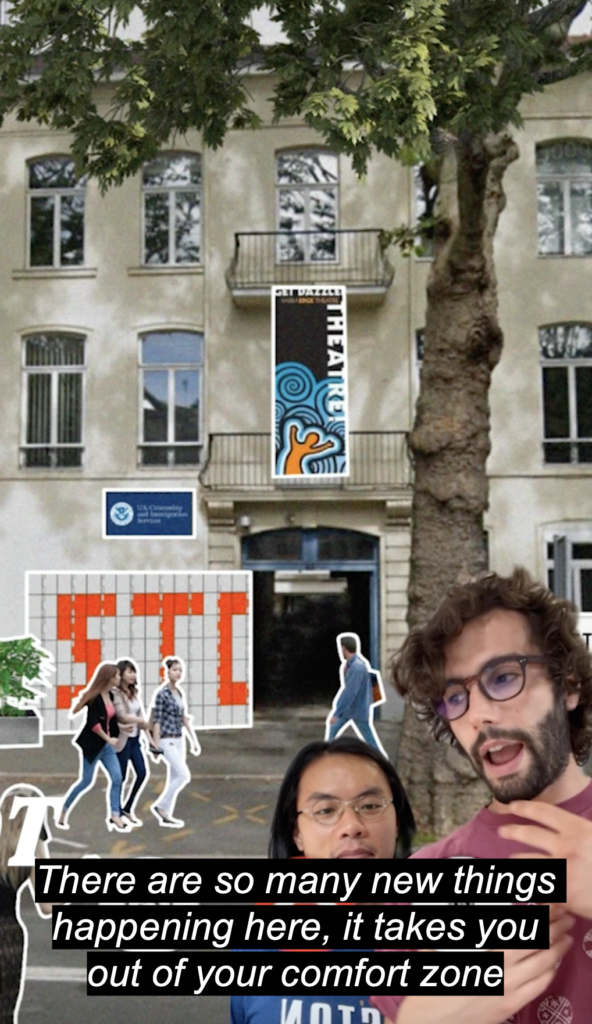
2.3 MORE SYNERGIES AND RESOURCES
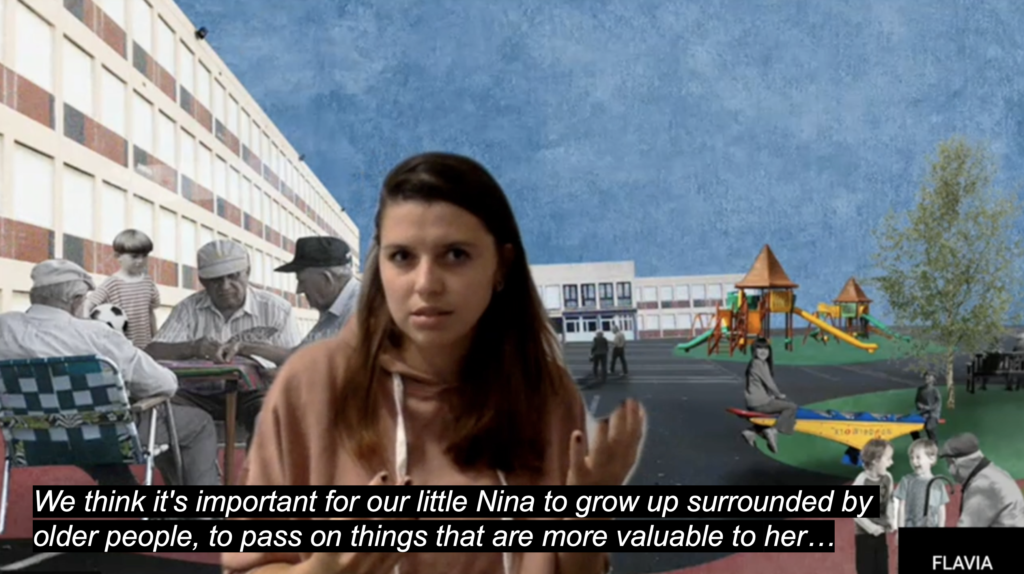
« We think it is important for our little Nina to grow up surrounded by elderly people, to pass on to her things that are more valuable« , says Flavia about AGEDUCATION, bringing together a nursery school and a care centre for the elderly. Her partner Karina adds: « With our difficult working hours, we need a flexible solution to look after her, but one that is also more economical.”Bringing structures together offers new synergies in terms of values, practices and economics.
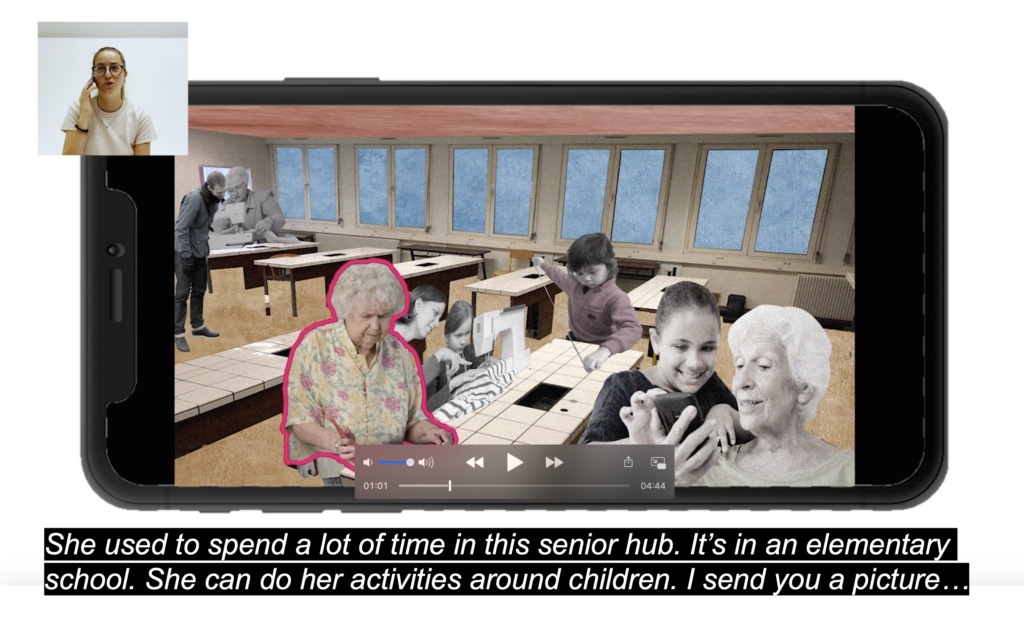
Sonia also finds more collective support to take care of her grandmother whose Alzheimer’s is deteriorating. The Multiple Places are collaborative spaces, communities for caring for people who are fragile or in difficulty.
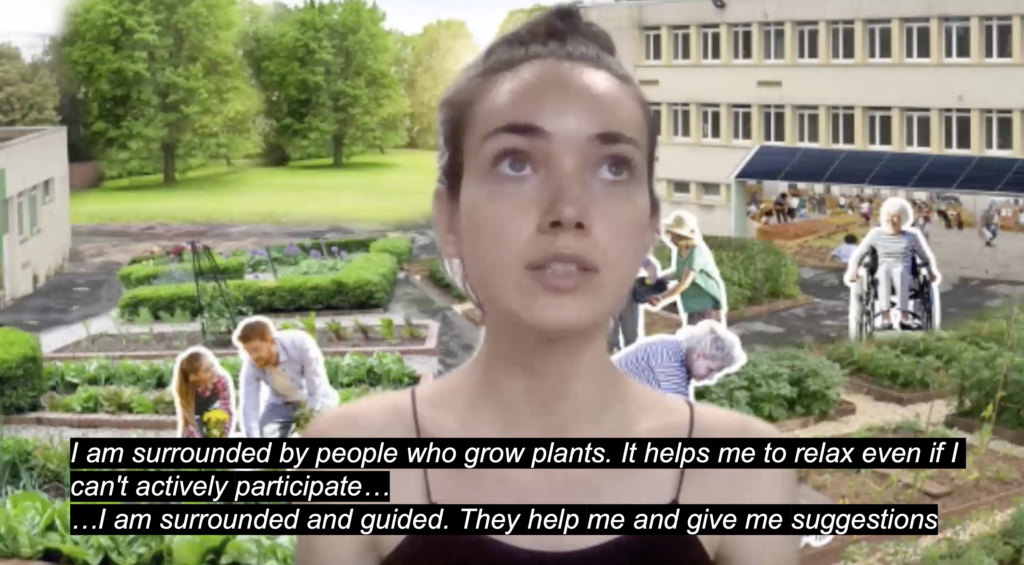
Maria, following the serious accident that immobilised her in a wheelchair, attends HEALTHY ESTATE, which brings together a hospital and an organic farm: « I am surrounded by people who cultivate plants. It helps me to relax even if I can’t actively participate. The presence of an organic farm helps to cope with life’s accidents by reclassifying the hospital as a place of care beyond its strictly medical function. “I am surrounded and guided, Maria continues, by people who help me and give me suggestions”.
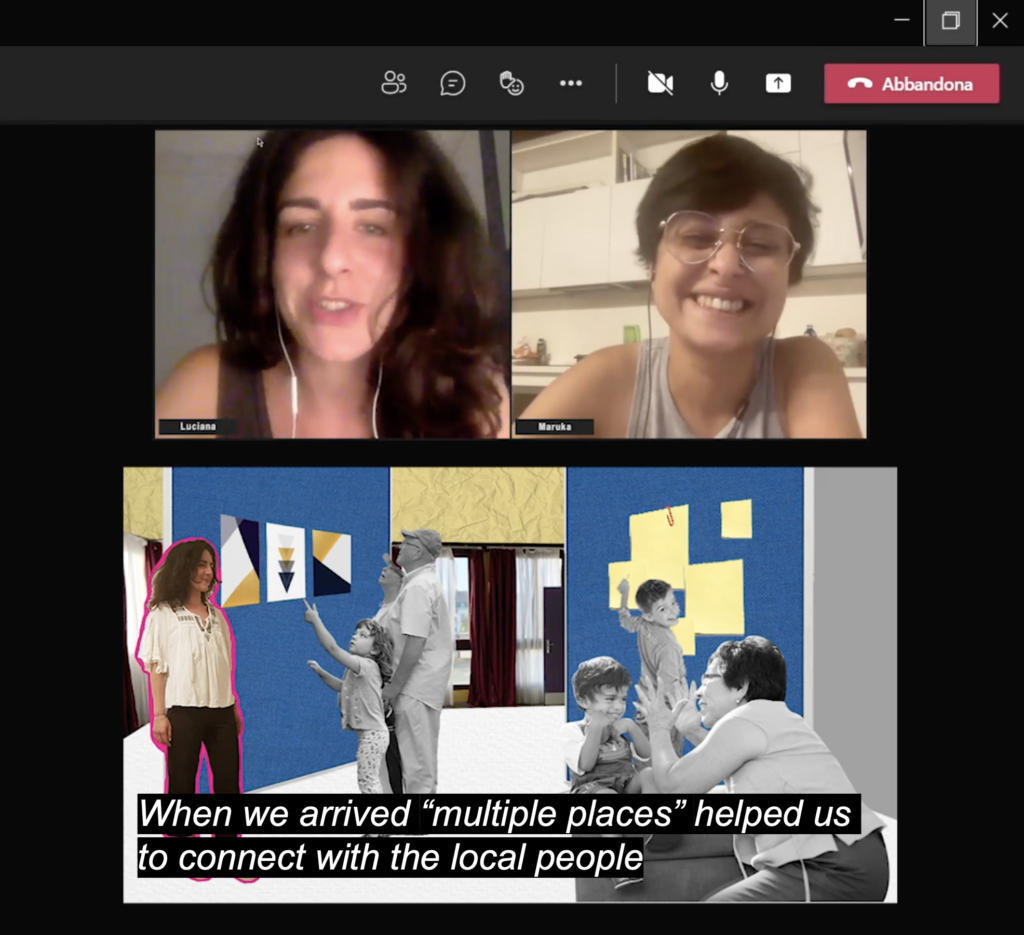
The Multiples Places ‘build community’and encourage inclusion. At an individual level, for Marzia in depression, they are places of re-socialisation following a personal crisis. Luciana and Maruka agree that on their arrival « the Multiple Places helped us to connect with the local people« .
Anita, as a result of her travels between the Multiple Places, feels that she « is now part of a community ».
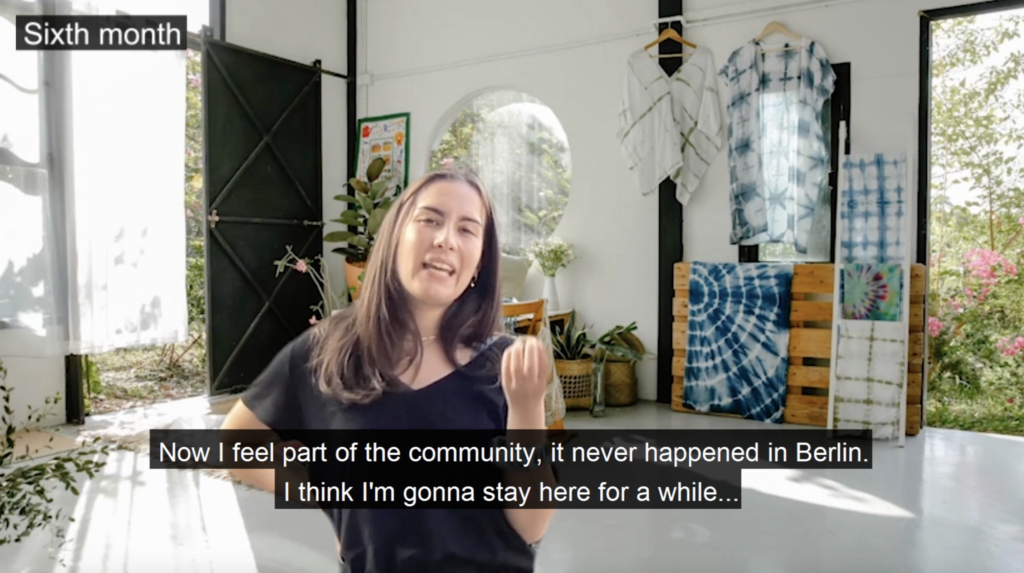
2.4 A TRANSFORMATION OF PRACTICES
The Multiples places seem to induce a greater daily mobility within the neighbourhood: their users seem to move constantly from one Place to another. Maria’s reduced mobility after her accident is evidence of this: it is both a difficulty for her to move from one place to another. But it is also an advantage that she is not isolated in a mono-functional place like the administration office where she works, hybridised with a theatre. This mobility adds fluidity and even a small dose of disruption, which is beneficial in challenging daily routines.
Some Multiplaces act as demonstrators or at least examples of sustainable lifestyles: the products of the HEALTHY ESTATE farm, the ALTERNATIVE LIFESTYLE STORE, etc. These demonstrators could have a greater potential impact in transforming everyday practices: Multiple Places are not just places that one visits for an errand or a service. They are temporary living spaces, where you can get in touch with more sustainable ways of living, where you can try out new everyday practices in real life without having to make a definitive commitment. In this sense, they are much more likely to be a means of transition, triggering deeper and more lasting transformations because their users have a transformative experience alongside their peers, over a longer period of time, an experience that is repeated and, above all, that is not exceptional but part of everyday life.
2.5 TOWARDS MORE RESILIENT COMMUNITIES?
These few elements drawn from the collective analysis made with the students at the end of the workshop are far from covering all the potential of Multiple Places, but they point to promising directions on how daily life in a neighbourhood would be if Multiple Places became the new norm. In particular, they seem to us to provide a level of inclusive community, collective, collaborative spaces that are sorely lacking in the urban fabric between private and public spaces. The Multiple Places encourage a confrontation with otherness, with different points of view that reinforce agility, force flexibility.
The users navigate between these places which extend the domestic space and are integrated into it as forms of extended domestic spaces[7]. They go beyond daily routines and therefore have the potential to transition lifestyles. Finally, they seem to ensure a new integration of functions which produces a multiplier effect of resources, synergies between stakeholders, towards, in fine, a greater urban resilience.
3. RADICAL IN VITRO EXPERIMENTATION
Between forms of fictional design, explorations that break with current practices and forms of design that are, on the contrary, centred on practices, the workshop proposes to explore an approach that is both speculative and in vitro, but which at the same time integrates a form of user testing.
What is different from a classic didactic exercise?
3.1 AN EXPERIMENTAL COLLECTIVE NEIGHBOURHOOD PROJECT
First of all, whereas usually each sub-group of designers works on a project hypothesis independent of that of the others, here they are all collaborating on the same project, responding to the same injunction from the Mayor to co-construct, in a medium-sized city, an experiment on the scale of a neighbourhood. The 8 projects of multiple places carried out in parallel in the workshop are complementary. The challenge of the exercise is therefore to discuss whether, together and not individually, the 8 Multiple Places created in the experimental district are likely to change the daily practices of the inhabitants towards more sustainable, responsible and inclusive lifestyles.
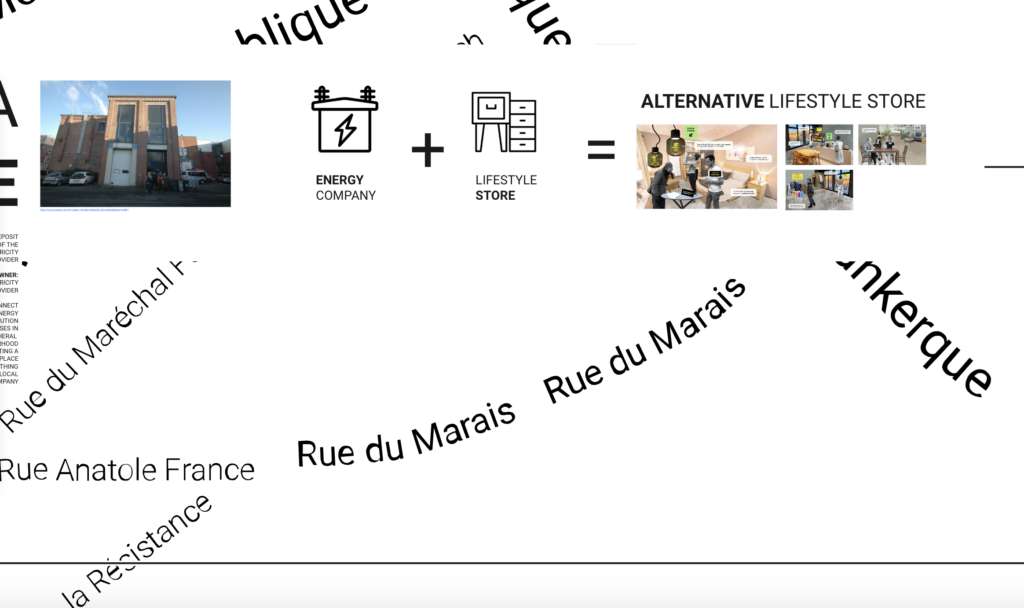
3.2 A FORM OF IN VITRO USER TESTING
The second originality of this didactic exercise is to ask the groups of designers to test all 8 Multiple Places. Again, where each group usually screens its own project with different user profiles, here during the second half of the workshop, each group takes a different persona through the 8 Multiple Places, the one they have created but also the 7 others created by the other groups.
The result is a simulated test configuration, admittedly in vitro but much more realistic. The possible complacency of each group with regard to its own creation and the use that would be made of it transform into critical spirit: « AGEDUCATION is designed to accommodate young children and elderly people, our persona, a single thirty-year-old living alone in the neighbourhood, does not fit in!”. The fact that each group focuses on a single persona allows it to be truly embodied, to integrate more deeply its daily practices and psychological characteristics. In particular, it applies them transversally, to the 8 Multiple Places, to assess whether they are « actionable » together, whether their combined use by a single parent household, a person with a disability, a retired couple, etc. forms a coherent lifestyle, whether it is attractive, plausible and whether it would be likely to lead to more sustainable, responsible and inclusive practices?
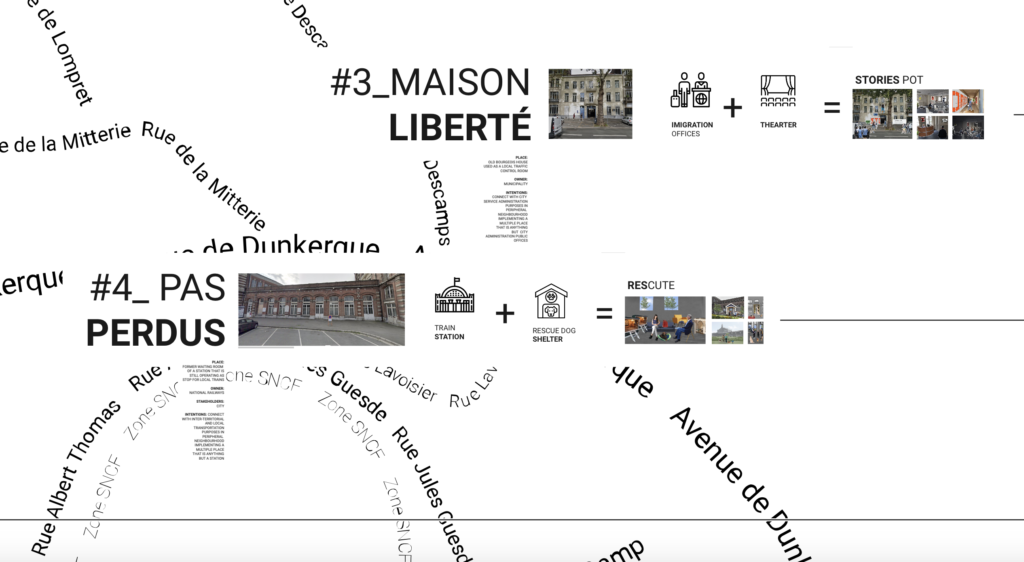
3.3 DARING TO ADOPT MORE RADICAL TRANSITION SCENARIOS
« You are sometimes a bit too much of a service designer!”. The PSSD Master’s students are used to fine-tuning the analysis of usage problems in which they excel in order to deduce a new service solution. Here, incremental innovation is not enough. There is no specific problem to be solved but a transition of new lifestyles to be invented. We are not so much looking for what a post office, a railway station or a school would need as a partner in order to function better within their remit, but what new and original partnership, what atypical and explosive cocktail would be capable of shaking up the daily routines of the neighbourhood, of getting the inhabitants out of their comfort zones? The designers should take a few more risks, look for more radical associations within Multiple Places? This is where the culinary metaphor « broccoli and chocolate » comes from, to encourage designers to explore the counter-intuitive, to dare the improbable, to try out configurations that have not yet been imagined in the context of this experimental lab that is this week-long workshop.
Students felt a bit uncomfortable to undertake a reversed design process compared to the traditional one they were used to adopt. In the previous courses they had, they were trained to do research with potential users, find their needs and then answer to them with their solution. In this course, we provoked them and the design process itself, is trying to do the opposite. Start from imagination to consider scenarios that would unlikely been taken into consideration the other way around.
Could be this a successful way to « encourage wild ideas », as the mantra of Design Thinking states, in a strangestl way?
In other words, it is unlikely that challenges as radical as the social and environmental transition do not also require a little radicality in the design approach…
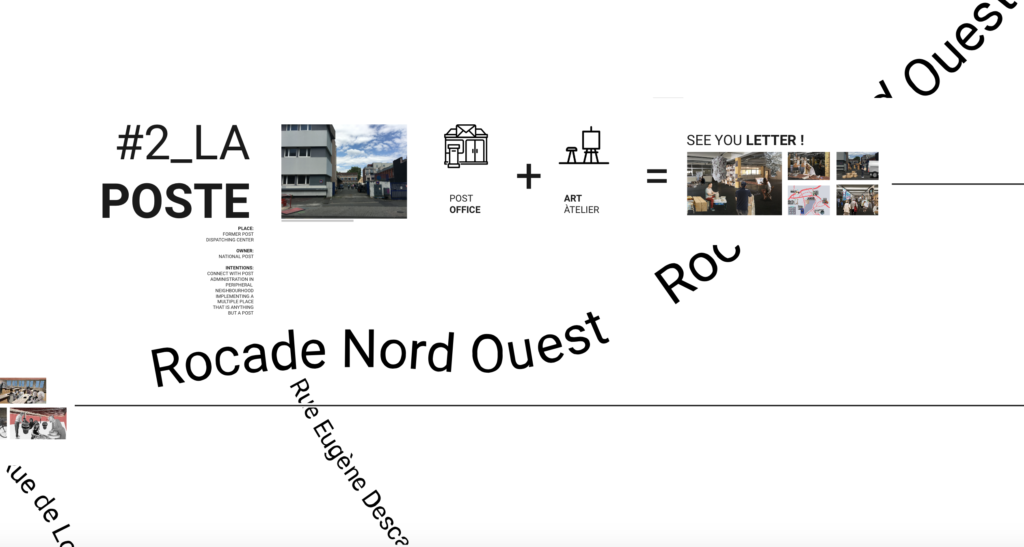
3.4 ORGANISING A COLLECTIVE SELF-CRITICISM OF INNOVATION
Once these initial hesitations have been overcome, the result is rich. The Multiple Places go beyond the usual typologies of third places: a hospital with a farm, a museum with a prison, an administrative service with a theatre, etc. Within and between groups of students, the debates on the personas, their adherence to the proposals and their chances of changing their daily practices are intense and contrasted, reflecting the multicultural richness of the PSSD students. What started out as an in vitro experiment, a didactic exercise in a room, became more interesting and realistic. The number of designers – about fifty – their social and cultural diversity – more than fifteen nationalities present – guarantees a strong critique in terms of the usability of solutions and the involvement in lifestyle transitions. The design architecture crossed with that of the simulation of uses outlined above makes the most of the group of students as as « designer-users ». The change in posture halfway through the project is sometimes disturbing: the same groups of creatives who show ambitious and open imagination when it comes to their project are often more critical and even sometimes a little conservative when they explore the potential uses of the other groups’ projects! For example, David, Flavia and Karina, Maruka express doubts about the presence of offenders during visits to the ART ESCAPE museum; Anita complains about the limited choice offered by HEALTHY ESTATE, etc. This curious bias of resistance to innovation, even among those whose job it is, tends to reinforce the idea that this simulation of peer testing in the absence of real users goes beyond the exercise of complacency and has a real critical dimension.
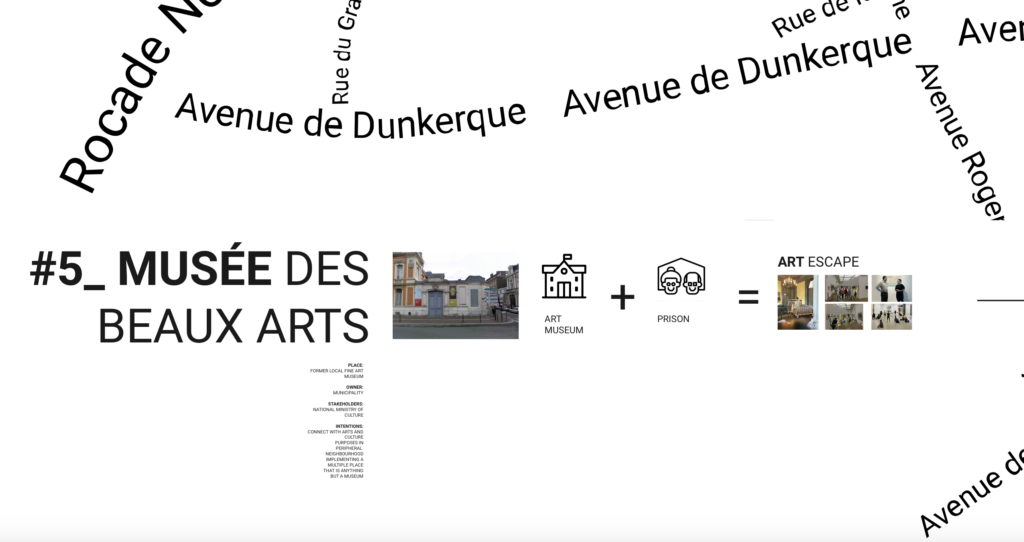
3.5 WIPING THE FLOOR OF TRANSITION SCENARIOS…
The urgency of the environmental and social transition tends to call into question the incremental and voluntary innovation approaches characteristic of design approaches: a long time is needed for co-creation with users, gradual adoption of solutions, slow adaptation of daily practices… This urgency calls for experimentation with new approaches such as the one presented here, combining a use-oriented posture and a more radical questioning of lifestyles. This approach allows for an in vitro refinement of the actionability of transition scenarios before setting in motion a process of in vivoco-design and all the investment in social and financial capital and the gamble on the limited time that it represents. The search for such an « accelerated design » approach to transition is indeed the object of the experimentation attempted by this week’s workshop at the Politecnico in Milan. The multiplicity of points of view exchanged within the large and heterogeneous group of designers assumes a « pre-test » value in the face of the hypothesis of Multiple Places as vectors of behavioural transformation. This experimental approach has its place in the process of exploring the levers of transition towards more sustainable lifestyles: it allows us to envisage riskier, more radical solutions, to assess their interest, to adjust their acceptability and relevance, to estimate their potential as a local transition scenario to be proposed as a working hypothesis before embarking on a process of in vivoco-elaboration with the inhabitants of a neighbourhood.
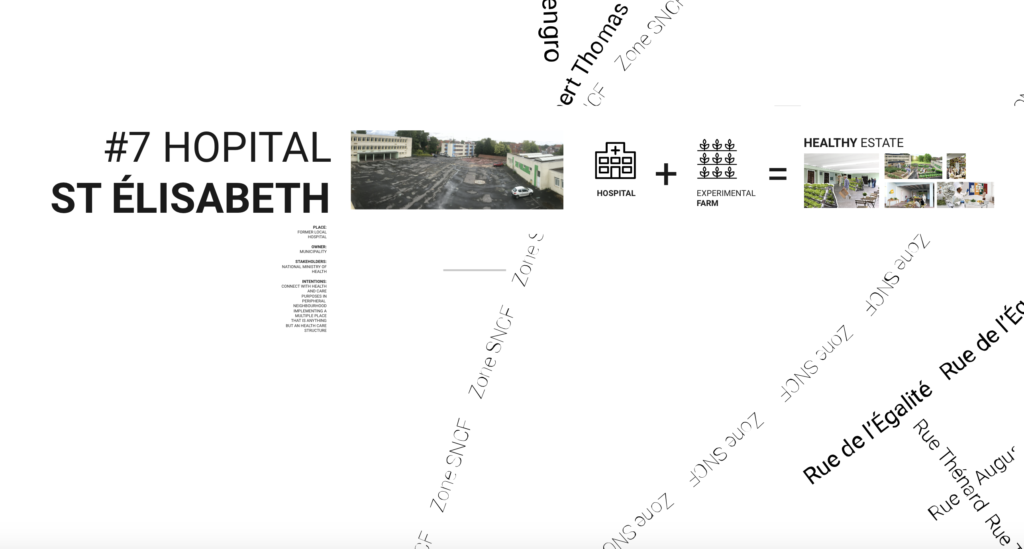
[1]http://www.sustainable-everyday-project.net/ville-collaborative/
[2]http://www.sustainable-everyday-project.net/ville-collaborative/2020/07/06/a-highly-social-public-housing-system/
[3]http://www.sustainable-everyday-project.net/ville-collaborative/2020/08/04/entrepreneurs-in-art-school/
[4]http://www.sustainable-everyday-project.net/ville-collaborative/2020/09/11/municipal-public-services-as-link/
[5]http://www.sustainable-everyday-project.net/ville-collaborative/2020/08/04/workstation/
[6]http://www.sustainable-everyday-project.net/ville-collaborative/2020/08/04/building-the-living-city/
[7]http://www.sustainable-everyday-project.net/ville-collaborative/2020/07/13/like-a-big-family-home/
[8]http://www.sustainable-everyday-project.net/ville-collaborative/2020/08/28/bring-the-stakeholders-to-a-boil/
[9]https://www.desisnetwork.org/2020/10/15/dxcc-lille-conference/
[7]Jégou, F. and Manzini, E., 2008. Collaborative Services, Social Innovation and Design for Sustainability with essay by Bala, P., Cagnin, C., Cipolla, C., Green, J., van der Horst, T., de Leeuw, B., Luiten, H. Marras, I., Meroni, A., Rocchi, S., Strandbakken, P., Stø, E., Thakara, J., Un, S., Vadovics, E. Warnke, P. and Zacarias A. Edizioni Poli.design, Milan.
